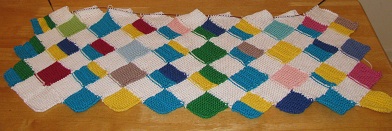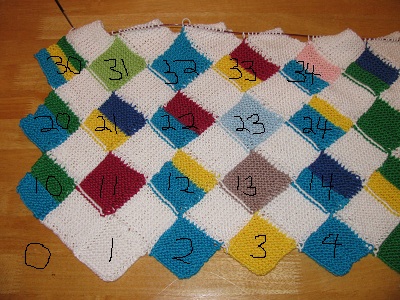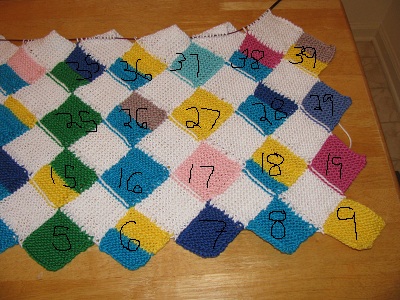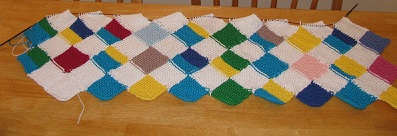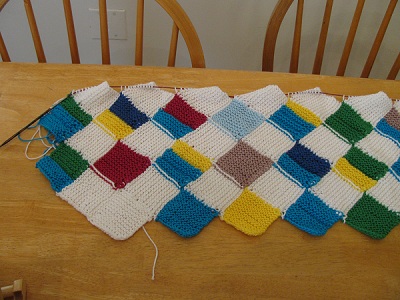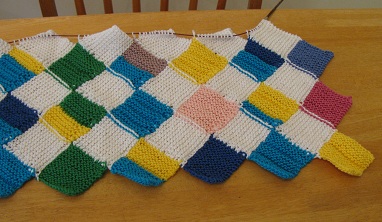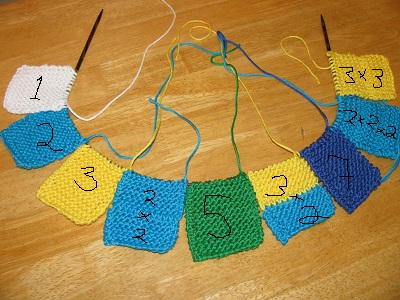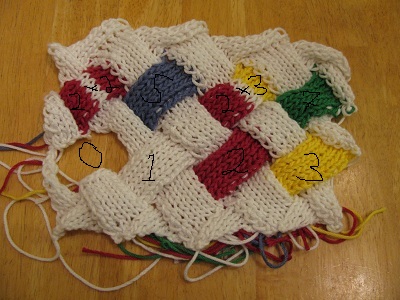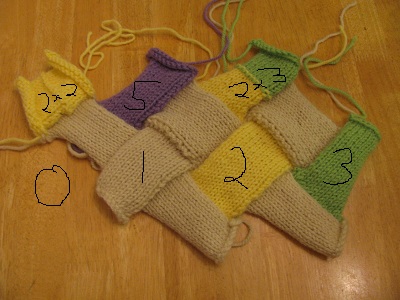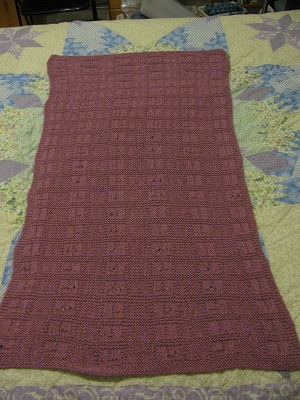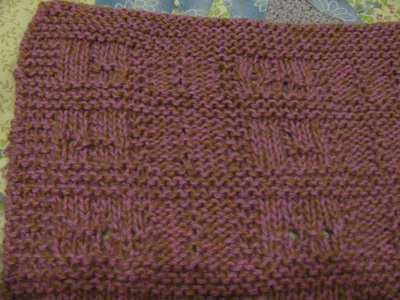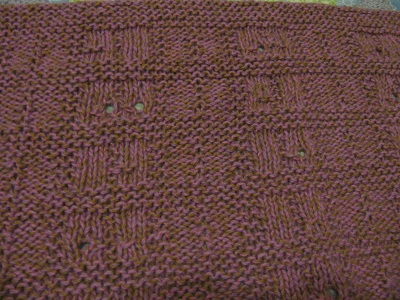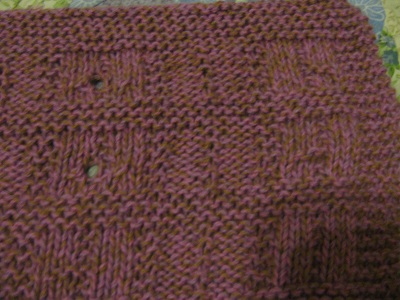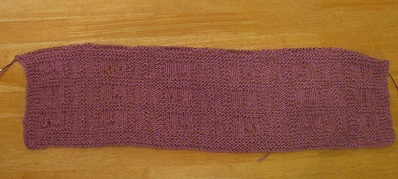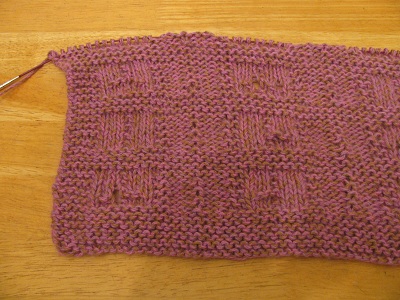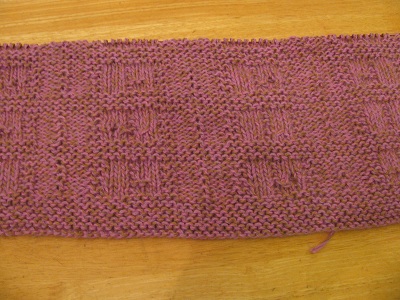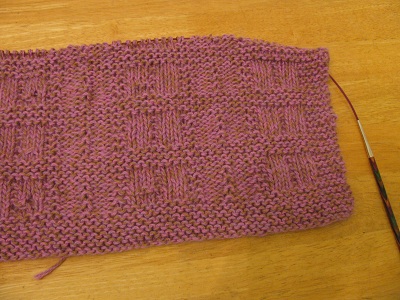Librarians Help – With Math!
Today I had my Colors and Codes program that I mentioned last week.
Now, I spent ten years of my life teaching college math, but doing math programs at the library is so much more fun!
Why? Well, the biggie is I don’t have to grade them, so it makes the whole thing much more light-hearted. I’m showing them things about math that I think are really cool, and they get to think about ways to do it themselves. And it’s all just for fun. At the library, we teach people things they want to know! If they don’t want to know them, they don’t need to come. It’s that simple!
Here’s what I did. I showed the kids my prime factorization sweater (wore it of course), and we worked out how it works. (That was fun!) I told them if colors can represent numbers, they can also represent letters. Just use 1 to 26 for A to Z. So you can write messages this way. I showed them a prime factorization code, then showed them other bases and how you can make codes with them. We wrapped it up by getting out sticky foam shapes and they could put a coded message or just a pretty pattern around a picture frame or on a bookmark or a door hanger.
The highlight for me, I think, was when a girl was working on coloring in the prime factorization chart on the hand-out. She was stuck on 24. I asked her what it equaled, and she said 12 x 2. So we looked at 12, and then the light went on and we talked about how you could do figure it out different ways, but you always got three 2s and one 3.
Now, I’m going to write some notes to myself while the program’s fresh in my mind. It went well; the kids had fun. But I want to do it again this summer, and hope it will go even better.
1. I’ll set the age level higher. I do think I lost a few kids this time. I think I’ll set it at 10 or 11 years old rather than 8. You want the kids to be fully comfortable with multiplying. Now that I think about it, when I did this program a few years ago at Herndon Fortnightly Library, I think the age limit was 10.
2. We’ll do some coloring on the prime factorization chart before I move on. This group did work out with me how it works. I didn’t want to get bogged down, but I think some coloring would help them understand it better.
3. I’ll have them figure out the numbers for their name in every code I go over. For example, my name, Sondy, in a base 10 code is 1915140425. (S is the 19th letter, O is the 15th, and so on.) In a prime factorization code, it’s 19 1 3 5 1 2 7 1 2 2 1 5 5 1. (19 x 1, 3 x 5 x 1, 2 x 7 x 1, 2 x 2 x 1, 5 x 5 x 1) In a Base 6 code, it’s 3123220441. In a Base 5 code, it’s 34 30 24 4 100. In Binary, it’s 10011 1111 1110 100 11001. Taking the time to do that would mean they’d get what I was having them do when they went to use the foam sticky pieces.
4. We’d do some coloring on the other charts before we moved to the foam shapes. Then I’d have them do their name with the colors they picked.
5. I’d show them exactly how I did my name on the bookmarks, one using colors and one using shapes.
Did I mention everyone did have a good time? But I think I’ll do a little more hands-on, using their names, before I move to the craft next time.
But it was a great trial run!
And don’t forget! Librarians help! We get to show kids how much FUN Math is! And we don’t even have to test them on it!


